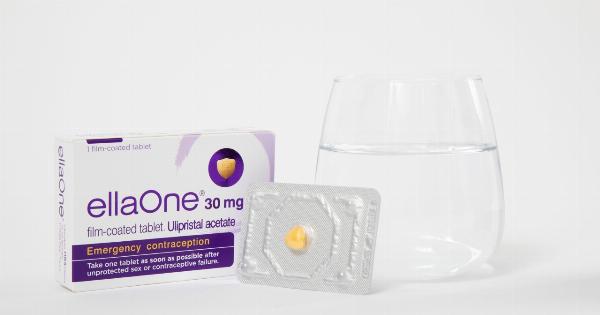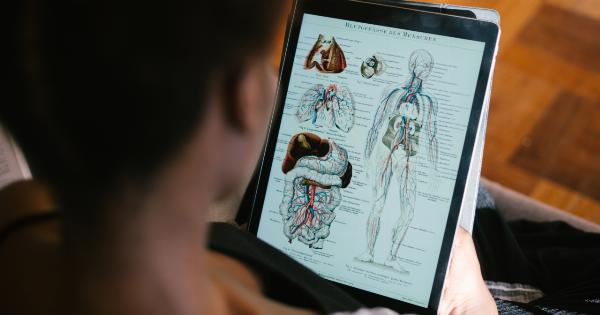When sperm and egg meet, it’s a miraculous feat of biology. But what many people don’t know is that the woman’s body is actually doing some pretty impressive work long before that moment.
In fact, the female reproductive system goes to great lengths to sort through the sperm and choose the “winner” that will fertilize the egg and potentially lead to pregnancy. Here’s a closer look at how that process works.
The Journey to the Egg
First things first: let’s take a step back and look at how sperm travel through the female body. When a man ejaculates, his semen contains millions of tiny little sperm.
These sperm travel through the cervix and into the uterus, where they make their way toward the fallopian tubes. It’s in the fallopian tubes that the sperm will encounter the egg. However, only one sperm will actually be able to fertilize the egg, so the female body has to help weed out the rest.
Sorting By Size and Shape
One way that the female body sorts through sperm is by examining their size and shape. If a sperm has an abnormally shaped head or tail, it may be disqualified from the race to the egg.
Similarly, sperm that are too big or too small may not be able to navigate through the fallopian tubes effectively. Essentially, the female body is looking for sperm that are “just right.”.
The Influence of the Vagina and Cervix
The vagina and cervix can also play a role in egg sorting. When a woman is fertile, her cervix produces mucus that is thin and slippery, which helps sperm travel through it more easily.
By contrast, when a woman is infertile, her cervical mucus is thicker and may prevent sperm from reaching the egg. Additionally, the pH of the vagina can fluctuate throughout a woman’s menstrual cycle. When the pH is just right, it can help sperm survive and thrive.
The Role of Chemical Signaling
Chemical signaling is another way that the female body helps sort through sperm. In the female reproductive system, there are certain compounds that can attract or repel sperm.
For example, follicular fluid, which is present in the ovaries, has been found to attract sperm to the egg. Meanwhile, other chemicals in the female reproductive system may work to repel sperm that are not a good match.
The Cumulative Effect
It’s worth noting that the female body isn’t solely relying on one of these methods to sort through sperm. Rather, it’s likely a combination of many factors that ultimately lead to the selection of the “winner” sperm.
It’s still not entirely understood how each of these factors contributes to the process, but collectively they help ensure that only the best candidates are given a shot at fertilizing the egg.
What Happens to the Losers?
So, what happens to all of the sperm that don’t make it to the egg? Many of them simply die off, unable to navigate the tricky terrain of the female reproductive system. Others may be expelled from the body during menstruation.
It’s estimated that only about 1 in 1,000 of the sperm that are ejaculated will survive long enough to reach the egg.
Conclusion
When you consider everything that has to happen for a pregnancy to occur, it’s truly remarkable that it ever happens at all. The female body plays an instrumental role in sorting through sperm and choosing the best candidate to fertilize the egg.
While it’s still not entirely understood how this process works, it’s clear that it’s a complex dance of chemical signaling, size and shape screening, and other factors that help ensure that only the best sperm get to the finish line.






























